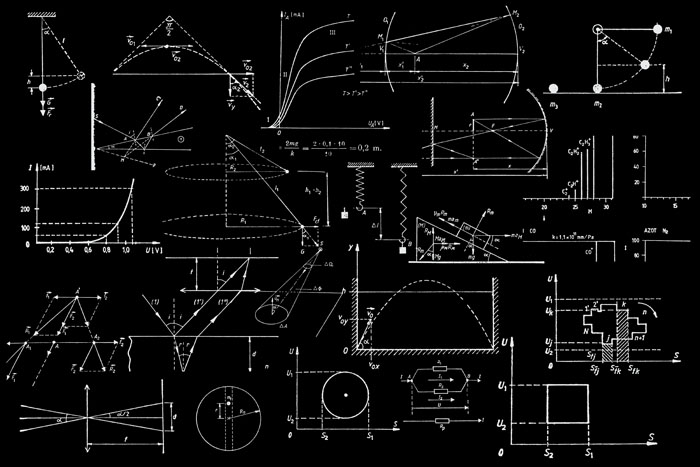The pricing paradox
Creating a catalog...
...means telling readers about:
- available items
- prevailing prices
The first task is constant fun. Estimating prices is not. It is impossible to estimate prices that will be valid for all users. In fact, for prices to be reasonably accurate, ALL knowledgeable participants should disagree with me. Hence...
The paradox
My ideal price estimate is one in which:
- half of all participants think my prices are too high
- half should believe prices are too low.
That sounds depressing, doesn't it? No one should agree with my prices all the time. What happens if someone complains about my price estimates? I will take their suggestions under advisement, check my records, and then decide whether to nudge prices up or down. Other than that, I do not, cannot, and will not beat myself up or feel guilty. Disagreement is part of the job description. Boo-hoo!
The backdrop: multiple hobby segments and markets

The hobby of collecting stocks and bonds consists of different segments with different participants, different selling customs, and different selections of certificates. Certificates sell in diverse venues such as flea markets, antique stores, professional dealer inventories, shows (bourses), online auctions, and live auctions. North American railroad certificates sell in large numbers in the United States, Germany, Belgium, Austria, Switzerland, and the United Kingdom. They sell in lesser numbers in the rest of Europe. Canadian certificates sell well in Canada, but I do not know much about Mexico and other countries in Central America. Uniform prices cannot possibly exist with that level of diversity.
Diversity causes prices to display huge ranges for nearly all certificates, often within one segment, and frequently within hours. Radically different prices co-exist for all collectible certificates, no matter whether they are cheap or expensive, common or scarce. No price estimate will ever satisfy all collectors and dealers. And yet, everyone wants prices they can depend on.
My solution to the dilemma of estimating a single price for every variety is two-fold:
- I will estimate prices that collectors can expect to encounter when they buy:
- average or better quality certificates...
- from established dealers and well-attended live auctions...
- in the United States.
- And collectors can factor those prices to the markets they participate in.
It may not be a great solution, but it is the solution every other cataloger has chosen.
Collectors will encounter prices that disagree with mine
As long as I am reasonably consistent in my approach, collectors can use my prices with a degree of predictability. They must, however, factor prices for the hobby segments they regularly participate in. For instance, German collectors may think my prices are low for medium and high scarcity certificates. In part, this reflects fewer certificates available in Europe, but also reflects the observation that European collectors pay noticeably more for rarity than Americans.
Conversely, people who buy on eBay (US) pay radically less for rarity. They will think my prices are high, maybe even very high. Statistically, eBay prices run about 40% to 60% of my estimates for medium-scarcity certificates. For high-rarity certificates, eBay prices may be only 30% to 50% of mine. Oddly, at the other end of the rarity scale, collectors routinely pay more for very common certificates on eBay than my prices would suggest. It is not unusual to record prices for common items higher than those realized in live auctions and purchases from established professional dealers!
Auction prices, whether in the U.S. or elsewhere depend on certain customs. European auctions generally operate with very robust minimum starting bids. Those minimum remain fixed and unmovable. American auctions usually have minimum starting bid prices, too, but auctioneers frequently lower opening bids in order to promote bidding. Once bidding starts, it is common to see prices exceed original minimum bids, often significantly. It all depends on who owns items, agreements made with auction companies, and responsiveness of bidders.
Experienced dealers routinely price their inventories higher and lower than my estimates. Collectors should buy from dealers and auction houses they feel comfortable with, regardless of price. I have said repeatedly that buying on the basis of price alone is a large mistake.
Collectors should factor my prices for their hobby segments

The trick to using my catalog is to compare my prices with items that sell in your hobby segment. Make notes of how my prices compare with the dealers and auctions you buy from. If my prices run 10% higher than yours in a specific category, then you have a good conversion factor. Test all price ranges in similar manners.
Maybe your dealer's "list price" is 25% higher than my estimate, but he often gives you 15% discounts. Good. You have a semi-predictable conversion factor.
Beware that supply – or rather, the impression of supply – affects prices dramatically.
Desirability is the main driver for price, not rarity. You may have noticed that collectors often pay higher prices for certificates from certain areas than equally scarce certificates from elsewhere. For instance, certificates from Texas, the Pacific Northwest, and from the Civil War South frequently fetch higher than normal prices for certificates of equal scarcity from other areas. Beware also that a few purchases by specialists with expensive desires can have large effects on prices. However, once their desires are satisfied, temporarily high prices may not be equaled for many years.
My price estimates change constantly
I record prices from every source I can find and adjust prices up and down as repetitive sales confirm trends. I give highest credibility to sales that take place between collectors and professional American dealers and auction houses. Those sales affect my prices quickly. On the other hand, eBay sales affect my estimates more slowly because prices from sale to sale are so unpredictable.